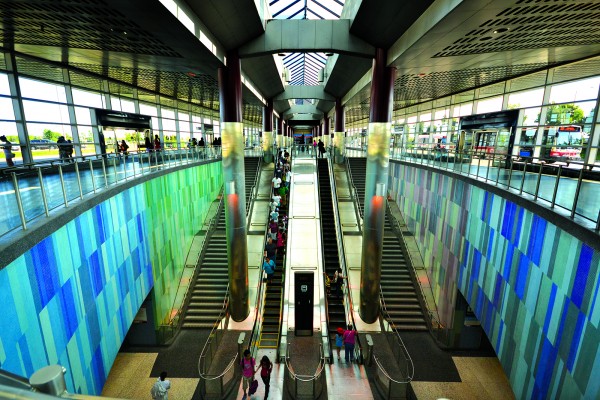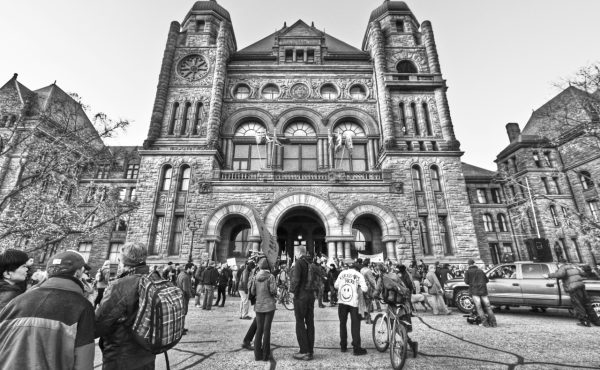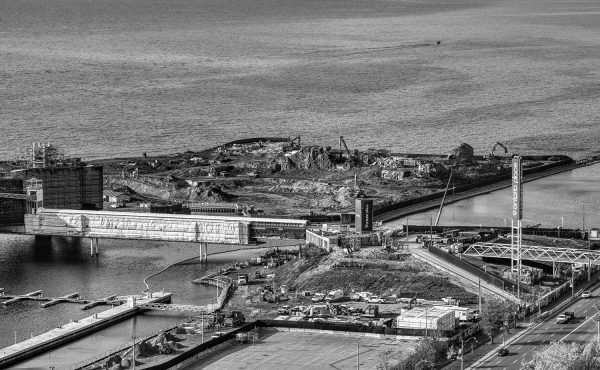Parents: hide your children! Apparently, Mayor John Tory is in a state of high dudgeon over the reported (but as yet unconfirmed) $400 million overrun on the Spadina subway extension to Vaughan, the second such construction budget eruption that’s occurred on his watch. The first, of course, was last fall’s imbroglio over the relatively modest $35 million overrun on the Queen’s Quay revitalization.
One can only imagine how he’ll react when the final numbers come in on the $3.5 billion Scarborough subway or his $8 billion Smart Track scheme.
Imagine away, because Tory will be long gone by then, and these budgetary messes will blow up in some future mayor’s face. Remember that the decision to extend the long-planned Spadina extension to York University up to a shopping mall on Highway 7 was the handiwork of former finance minister Greg Sorbara, the worthies on York Region council and the Liberals’ pals in the development world.
According to The Star’s Tess Kalinowski, the price went from $1.6 billion (York) to $2.6 billion (Vaughan) and now is chugging towards $3 billion. The City of Toronto’s contribution, according to the TTC, was pegged at $526 million. Evidently, there’s nothing quite like the combination of mission creep and unforeseen construction delays/complexities to up the ante. For those keeping score, the overrun would build half the Queen’s Quay East LRT. The eventual over-run on the Scarborough subway will likely soak up the other half, and then some.
By coincidence, The Star’s revelations came on the heels of a morsel of news from Queen’s Park about the future of transit funding — a political potato that just gets hotter with each passing day.
After last year’s general election, Premier Kathleen Wynne asked municipal affairs and housing minister Ted McMeekin to do a stem-to-stern overhaul of Ontario’s planning policies. The result was tabled in the Legislature last week.
Among the measures: the government is proposing to remove the 10% cap on transit capital from the rules governing eligible outlays for development charge revenues. The change theoretically creates new “capacity” for municipalities to use these growth levies to finance the cost of expansion as well as more traditional growth-related infrastructure. The rub is that municipal councils need to revisit their own development charge bylaws and hike the fees in the face of the inevitable caterwauling from the building industry.
Lest anyone delude themselves into thinking the Liberals were making these changes to help out Toronto should remember that Mississauga, Ottawa and Hamilton are all trying to figure out how to finance their own rapid transit plans. According to a report in The Globe and Mail earlier this year, Mississauga mayor Bonnie Crombie strongly intimated that the long-planned $1.6 billion Highway 10 LRT was dead in the water if the province didn’t pony up the dollars.
So what about the centre of the universe? It’s worth noting that Queen’s Park gave the City of Toronto special dispensation to ignore the old DC rules about transit funding when the Spadina subway extension was approved.
According to the City, current DCs — which council raised in 2013 — range from about $5,200 to over $19,000 per unit. About 8% of the revenues are earmarked for the Spadina extension, and another 26% go to general transit expenditures. According to the fiscal 2015 capital budget, development charges (DC) will bring in $1.325 billion to the City between 2015 and 2024, which means the Spadina project peels off about $106 million of that total.
So what about the impact of the legislation introduced last week?
By no coincidence, the City last week embarked on a study/public consultation process to look at hiking DCs to help underwrite the Scarborough subway. According to a presentation by Hemson Consulting unveiled last week at a pair of public sessions, the City could increase DCs by about 11 to 13% (the rates for residential DCs are different than those applied to commercial projects) and bring in an additional $280 million between 2015 and 2022 (Hemson assumes the number of new units grows 7.5%/year).
The total is clearly not chump change. And, as the Hemson presentation notes, Toronto’s DCs remain well below those imposed by 905 municipalities, a factoid that is routinely trotted out to keep the developers from going ballistic.
Yet, as the latest revelations about Spadina depressingly illustrate, the City and the province can team up to create all sorts of new fiscal capacity, only to see it vanish down a wormhole. The reported $400 million overrun is equivalent to 15% of the published project budget; it’s hardly unusual for large construction venture to use those kinds of contingencies. If the Scarborough subway is similarly encumbered, its budget would grow by $525 million — almost twice the revenue generated by the new DC rules that Queen’s Park generously provided to cities like Toronto. (A 15% overrun on Smart Track would pay for entire LRT lines.)
It all begins to look like an increasingly desperate attempt to make a silk purse out of a sow’s ear. And we haven’t even began to look at the knotty issue of how much return the City can expect on all that capital investment, nor the quantum of the annual operating shortfalls associated with either line.
More on those questions later.
EDITOR’S NOTE: Read part two of this series published after this article






One comment
Let’s all remember that when the Scarborough Subway Extension was brought back as a thing, it was only going to cost “$500 million more than the Scarborough LRT” … and we’ve seen how fast that number jumped and jumped, before any public objections, final approval…before detailed design work … before any engineering plans or architecturally grand stations … before any shovels in the ground or even a sod turning … before construction … before harsh winters … essentially before everything important that could end up delaying a project or inflating its costs.
If it was a $400 million overrun for the Spadina Extension, I’d expect to see the same at least for Scarborough.
Cheers, Moaz